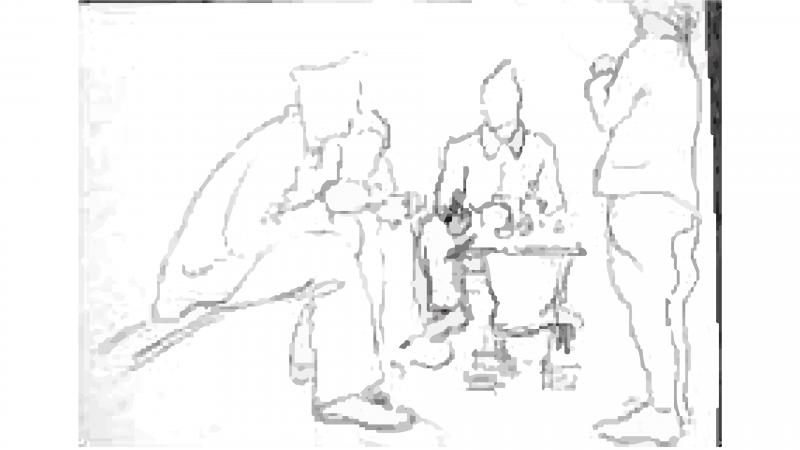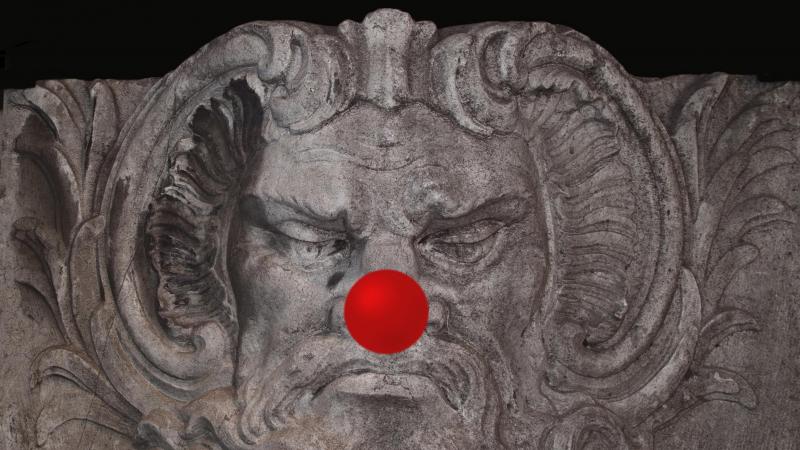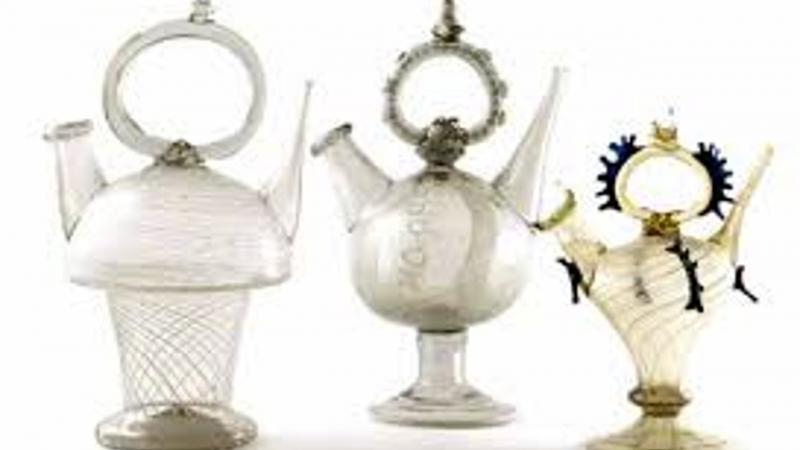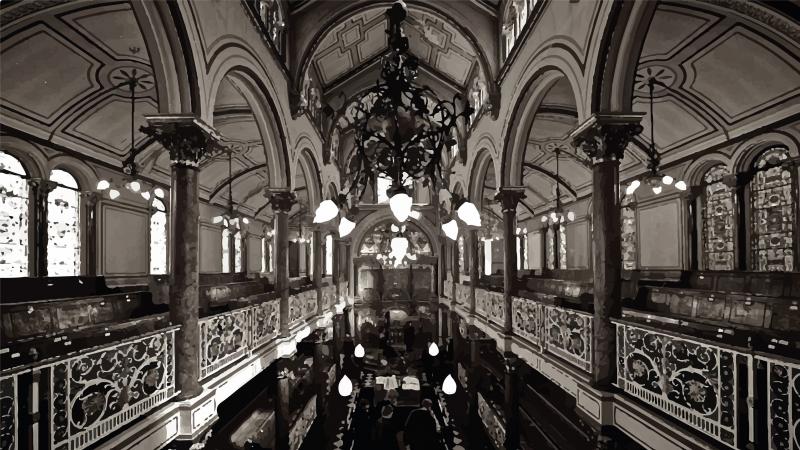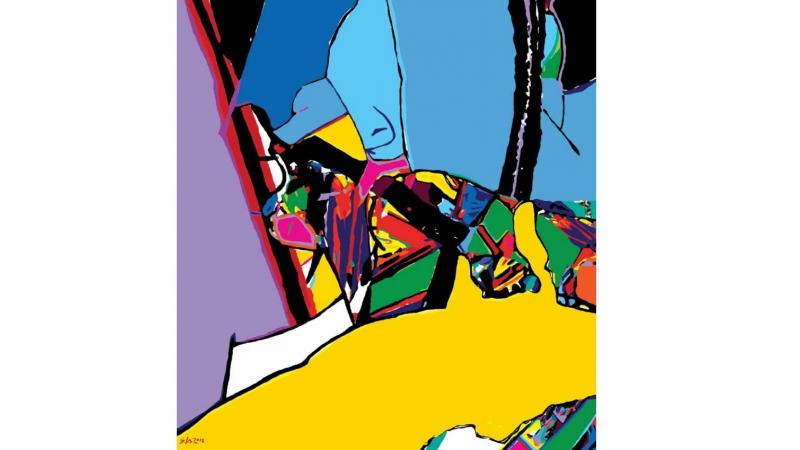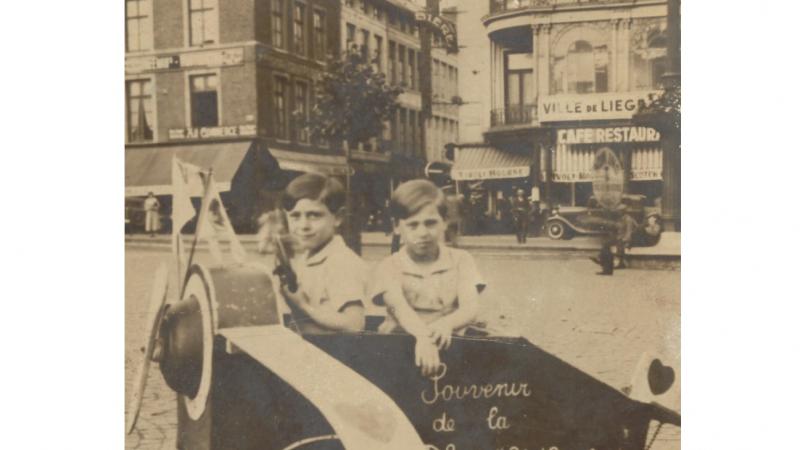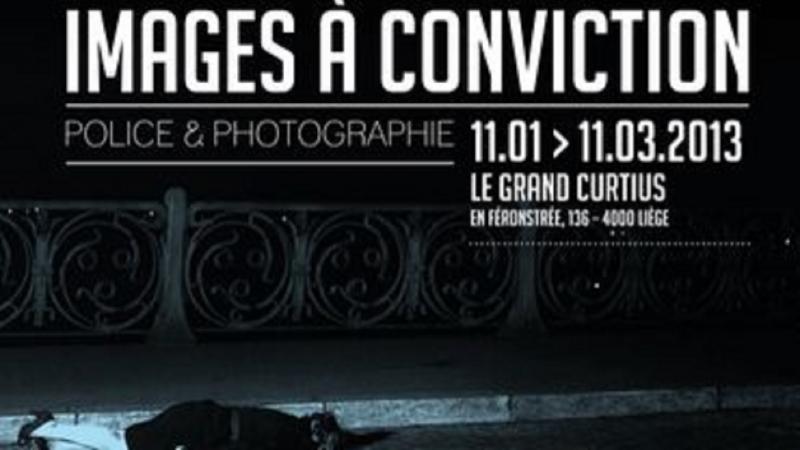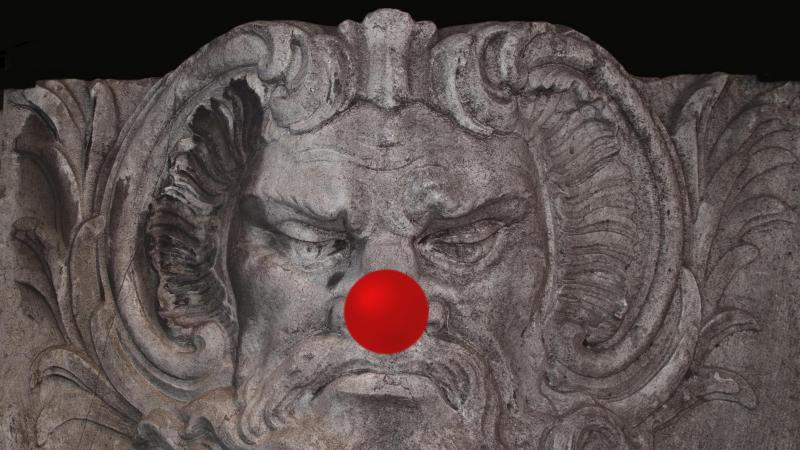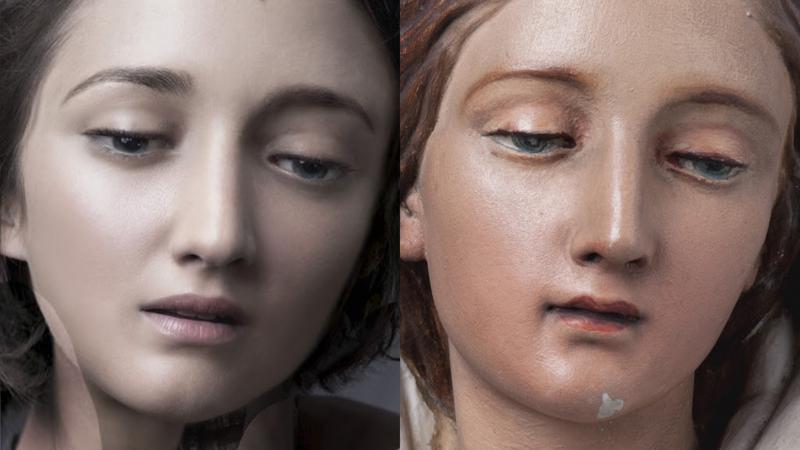José Fosty Clandestine drawings from the Buchenwald concentration camp
Born in Dalhem in 1919, José Fosty was destined for an artistic career but, at the age of 19, he enlisted. Wounded, he was evacuated to Paris; then, at the time of the Belgian capitulation, he returned to Brussels and joined the information and actions service of the resistance known as "Braverie".
